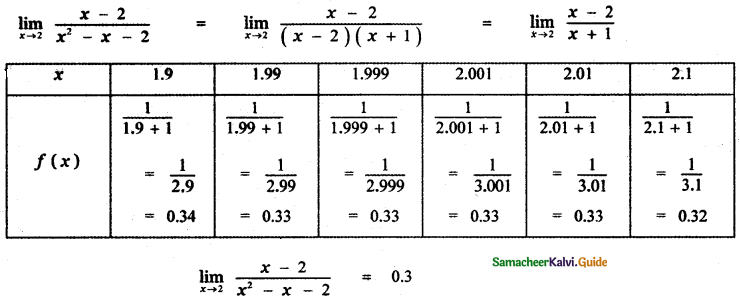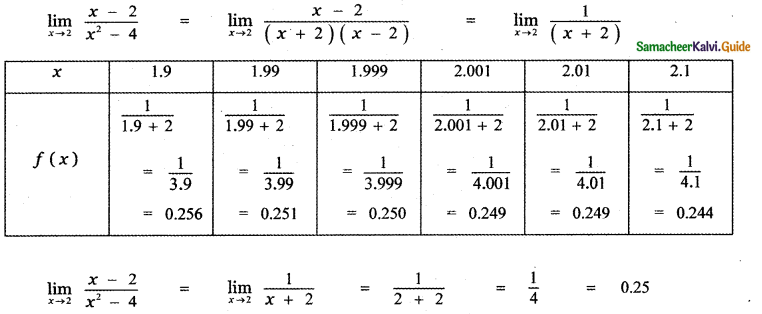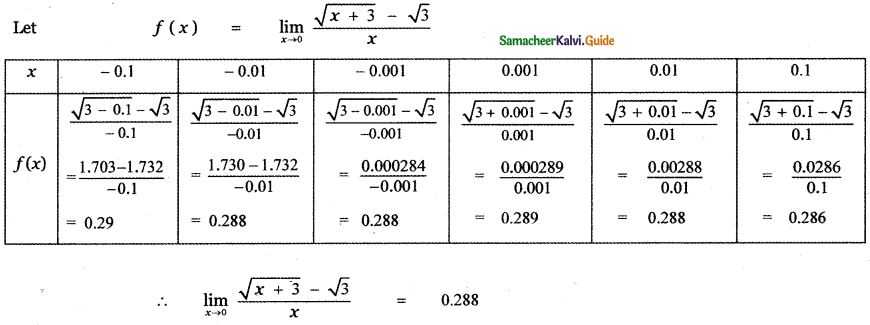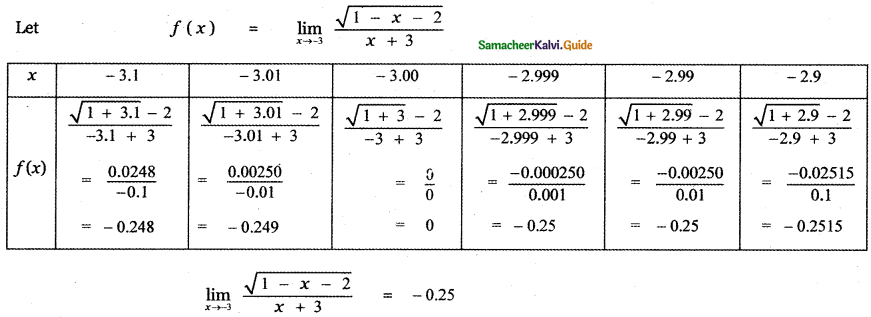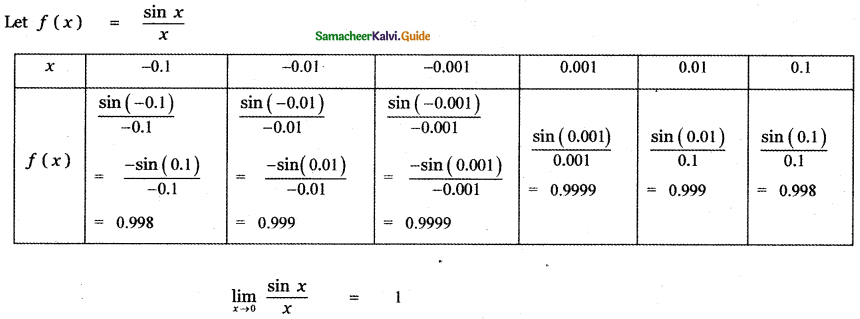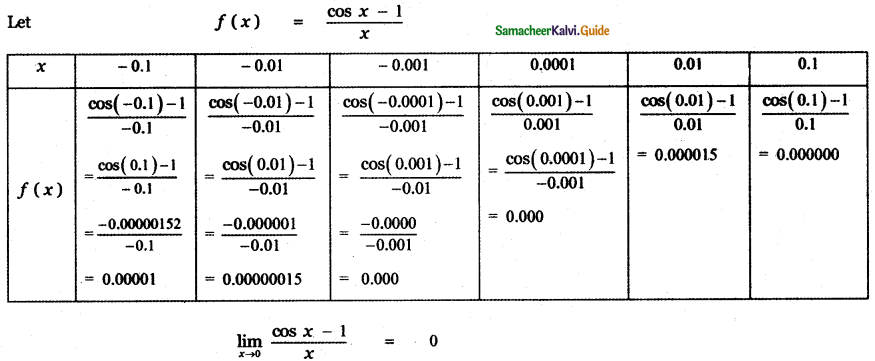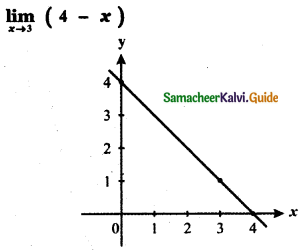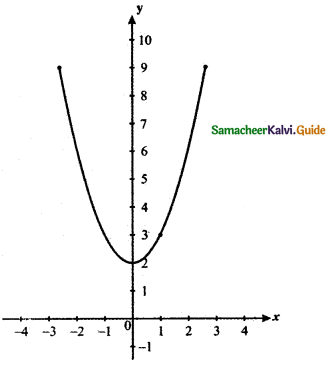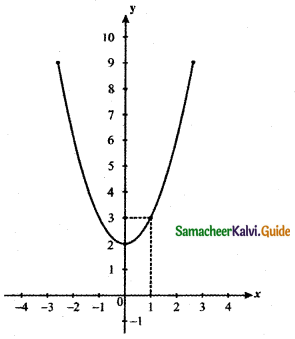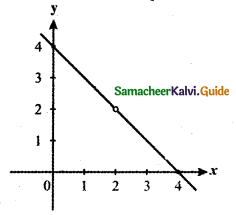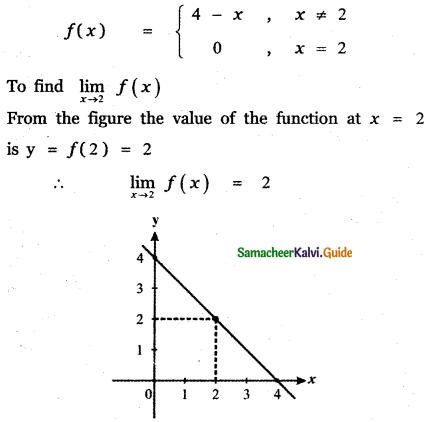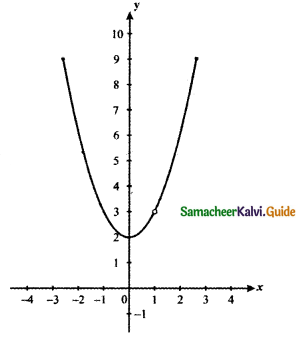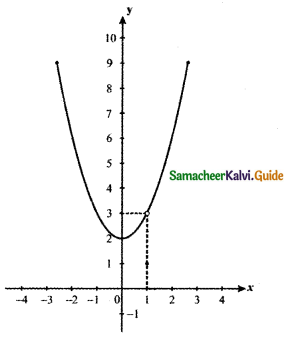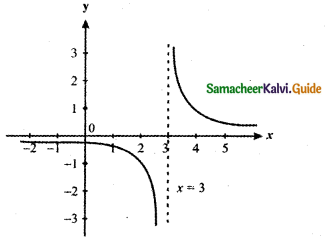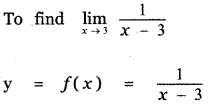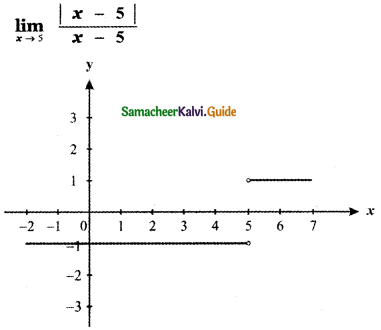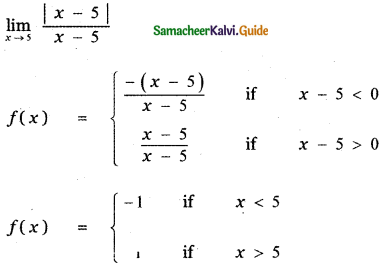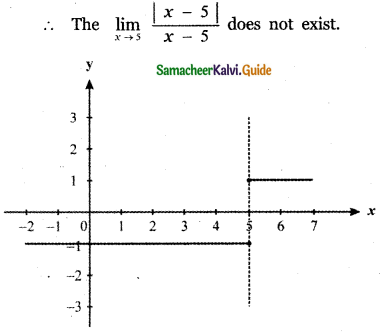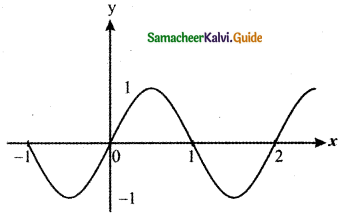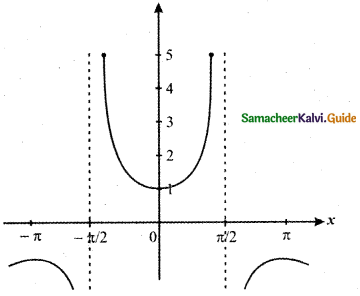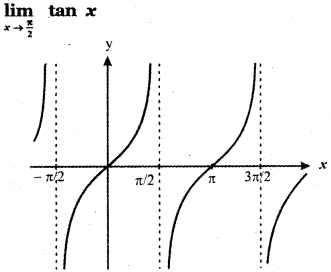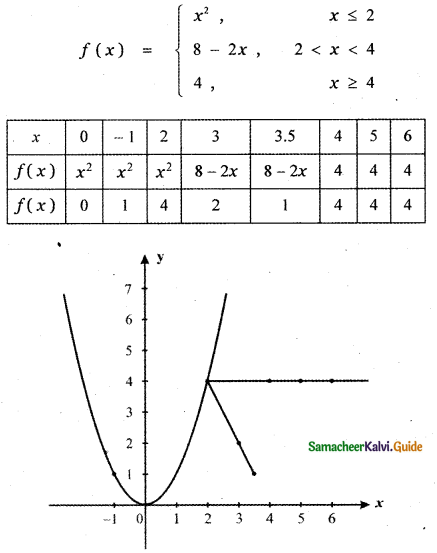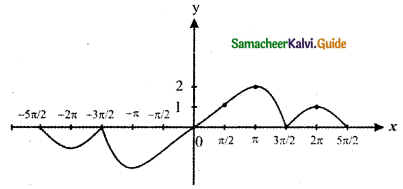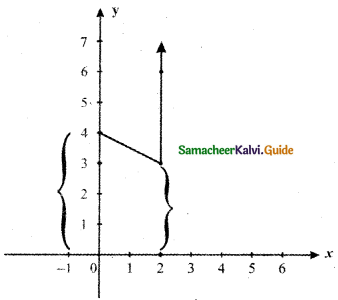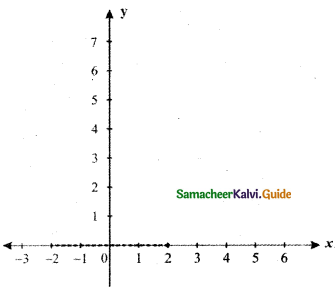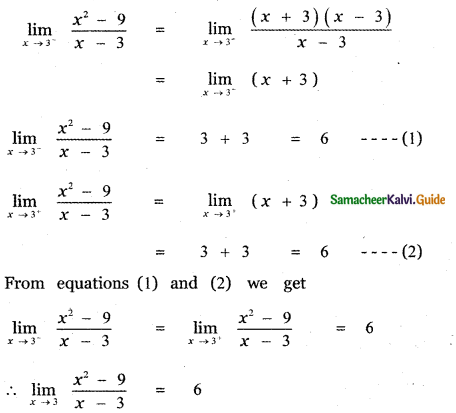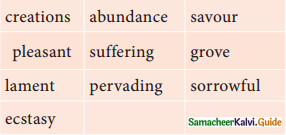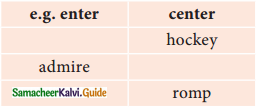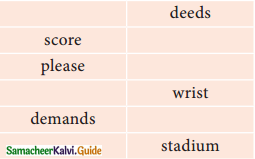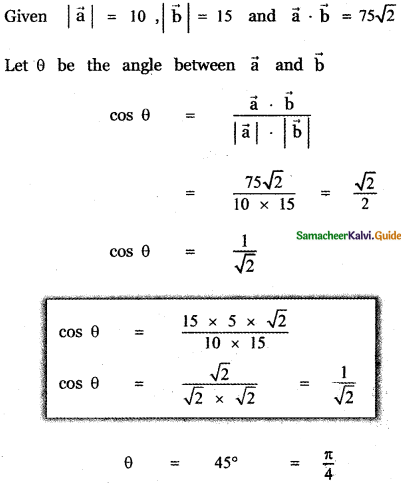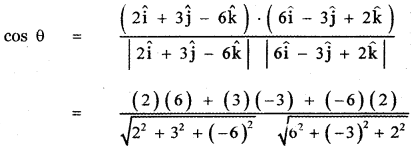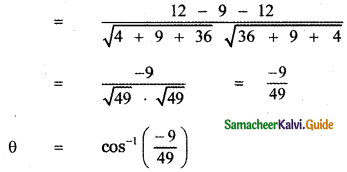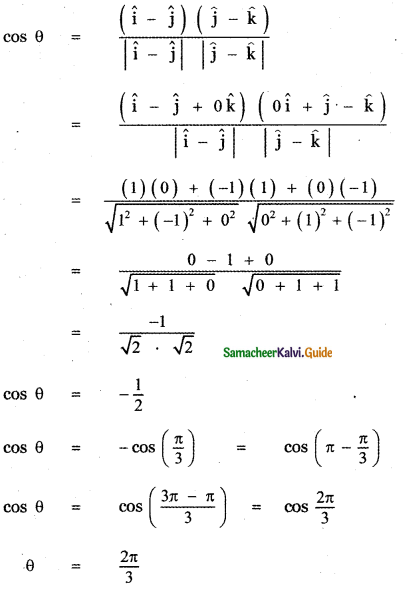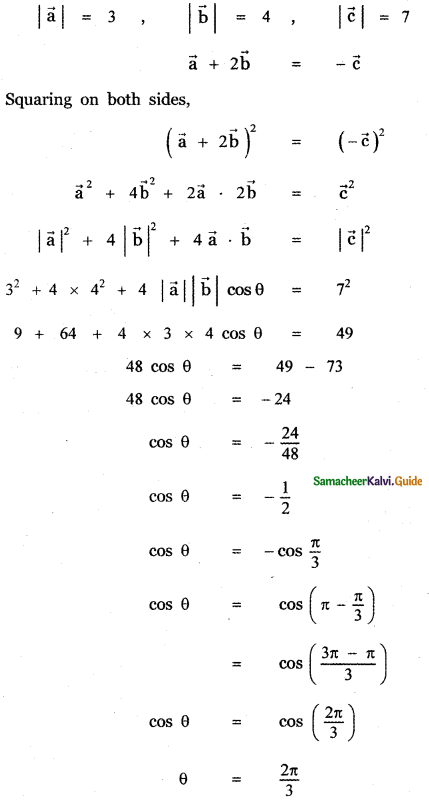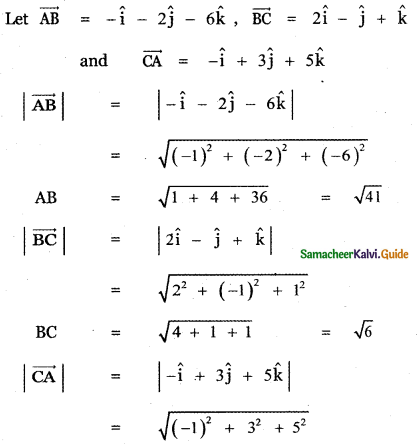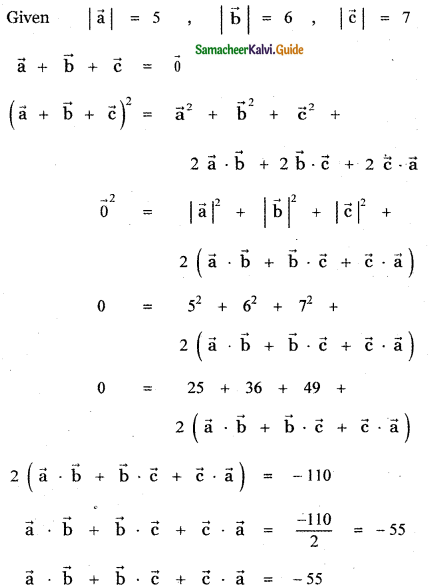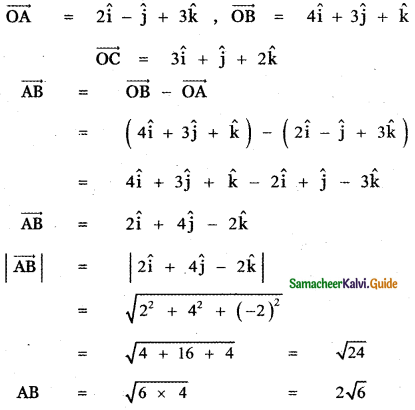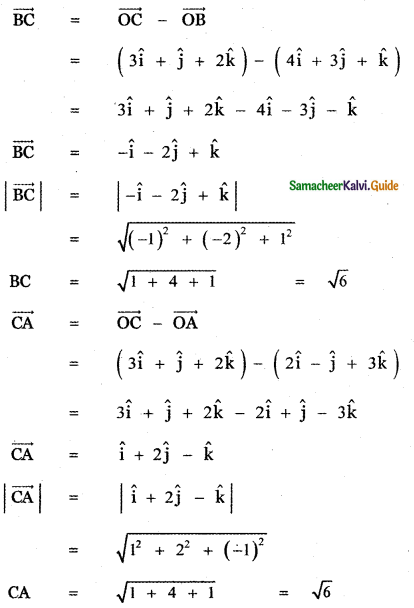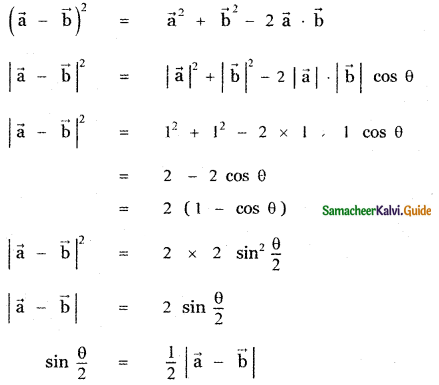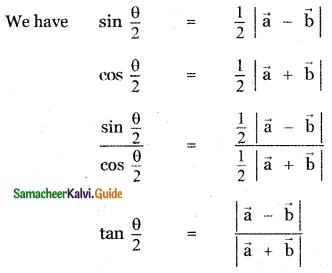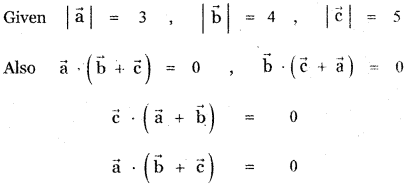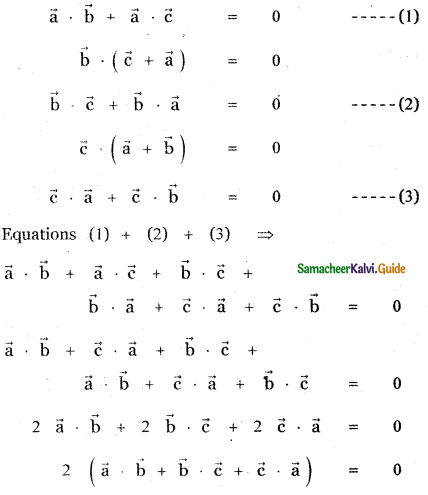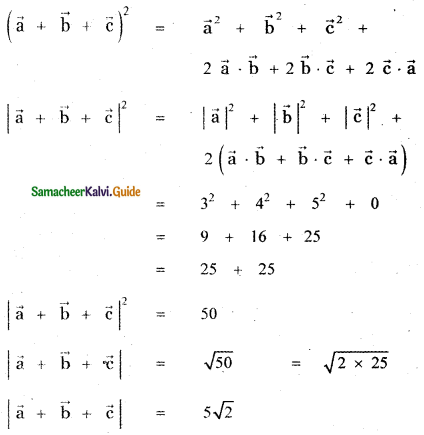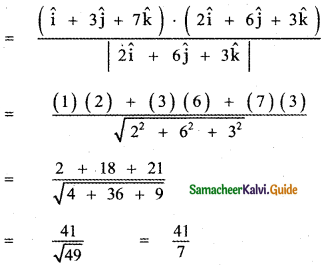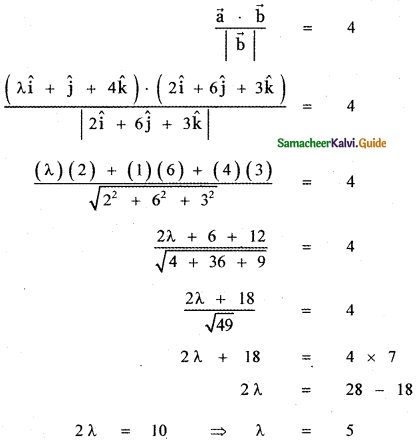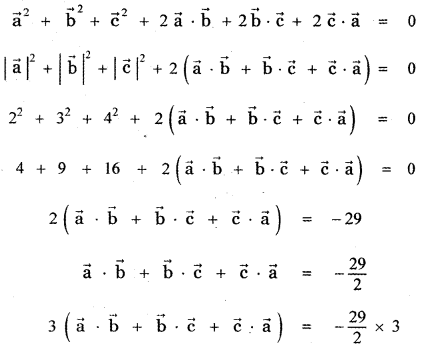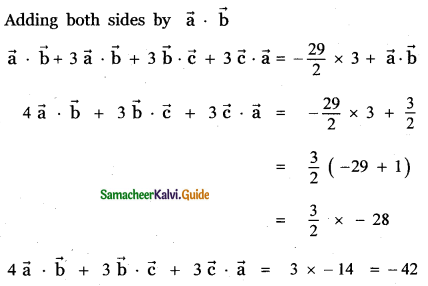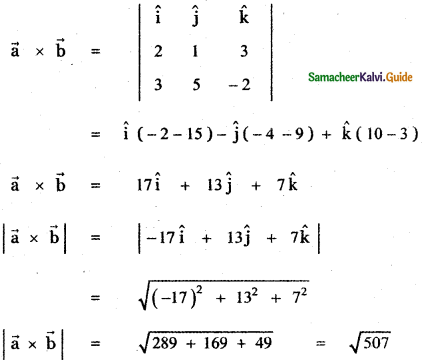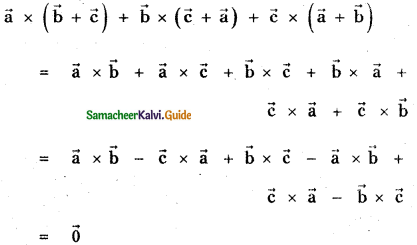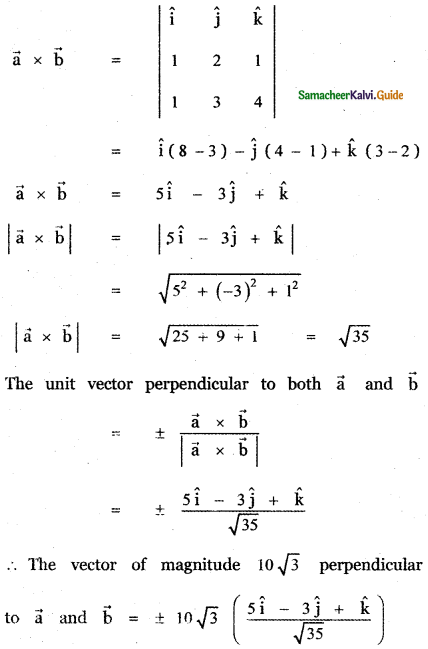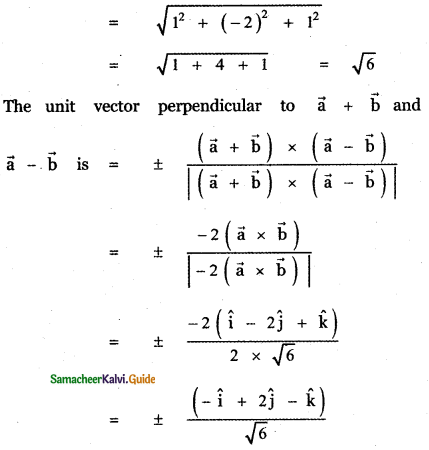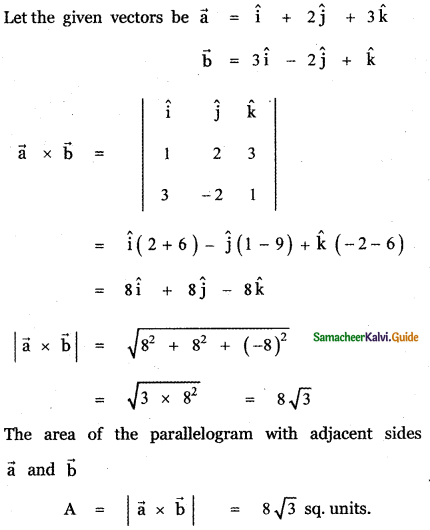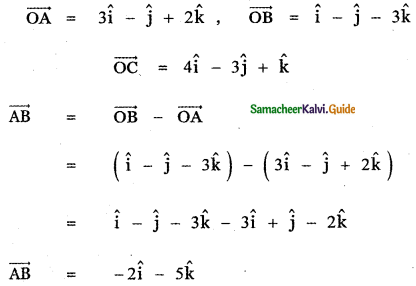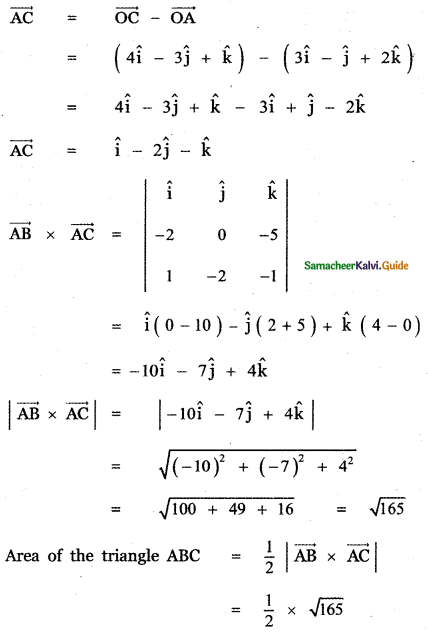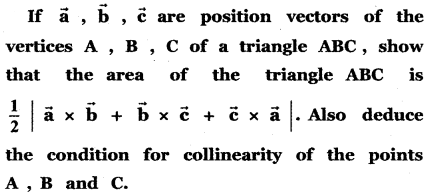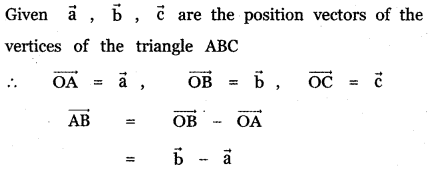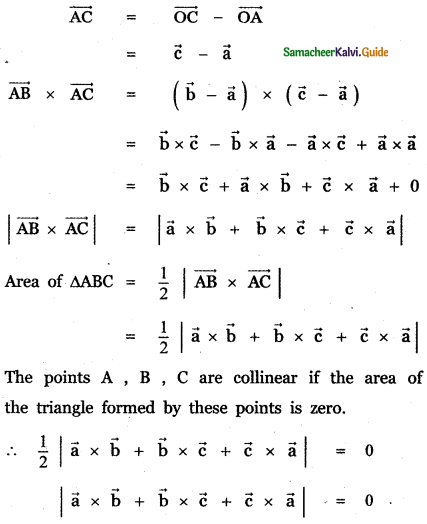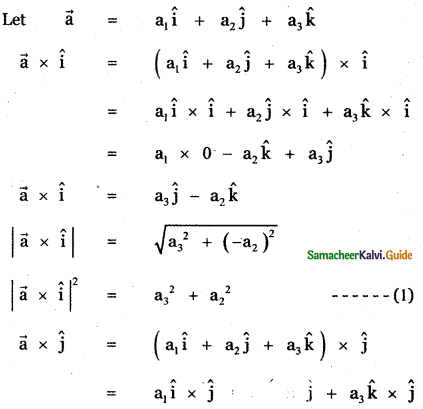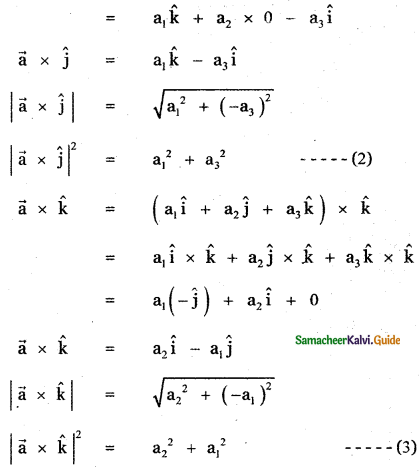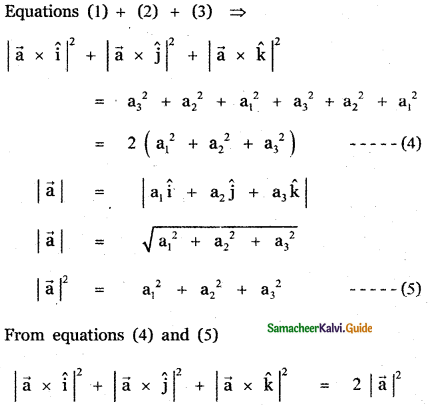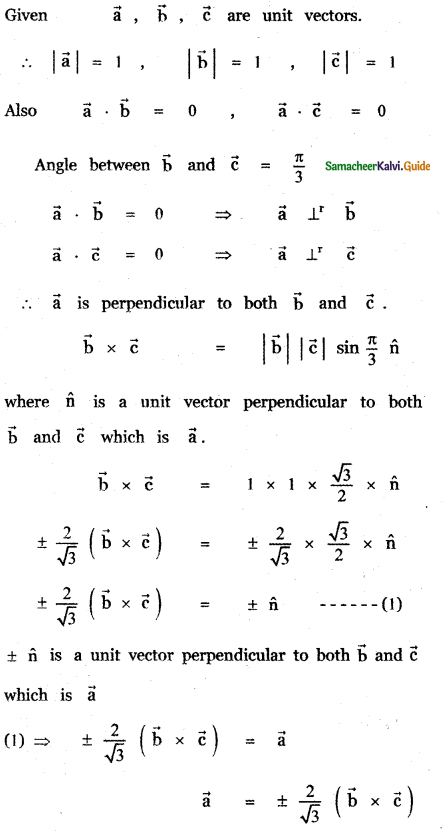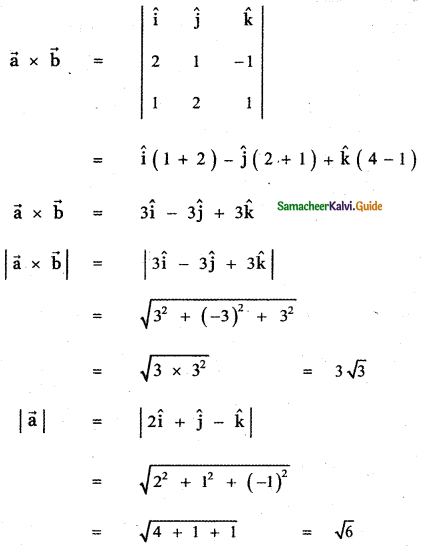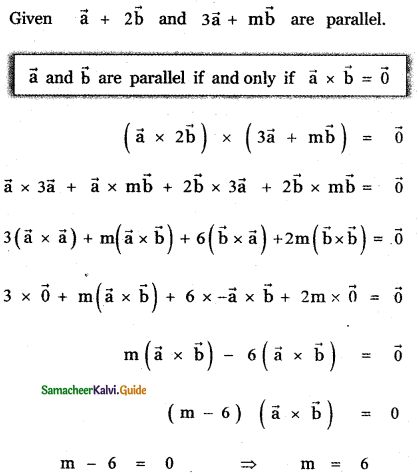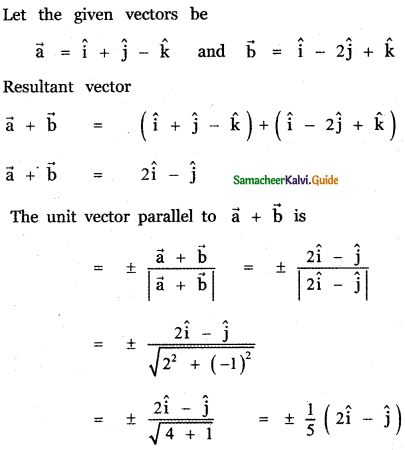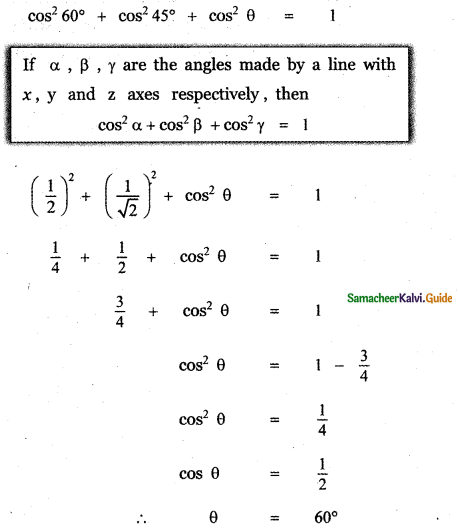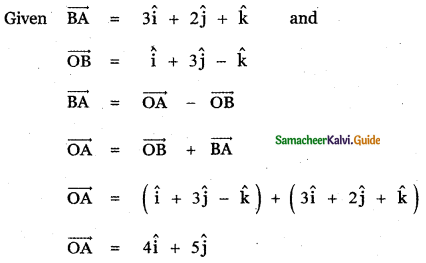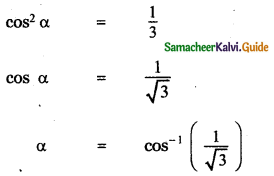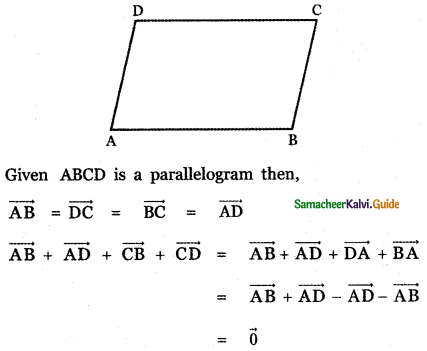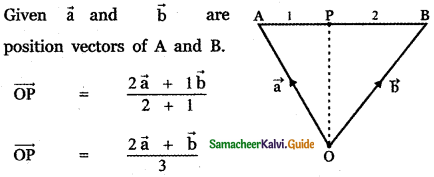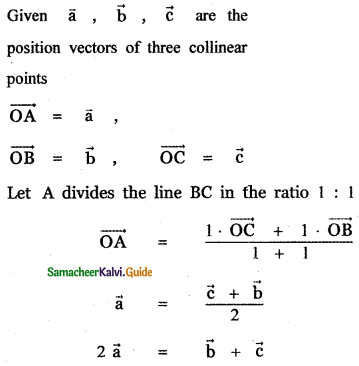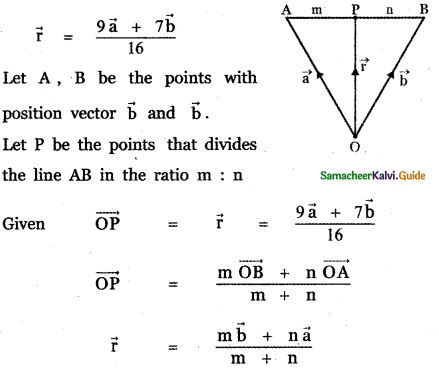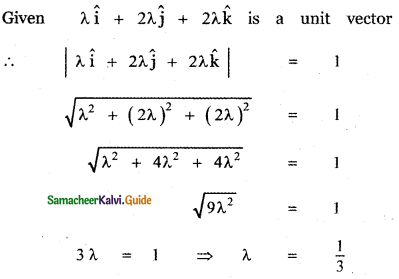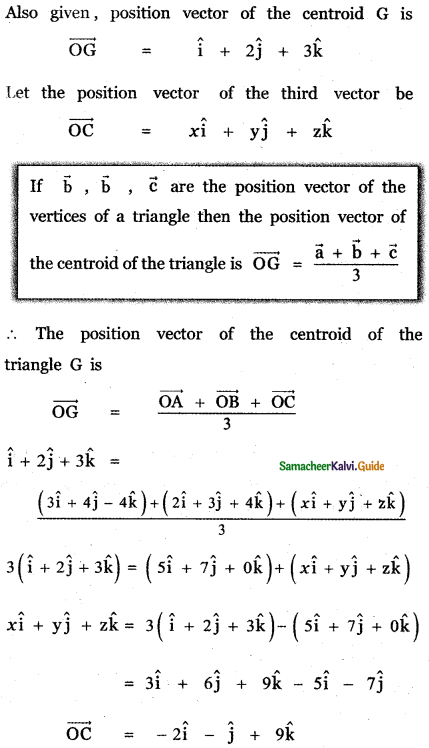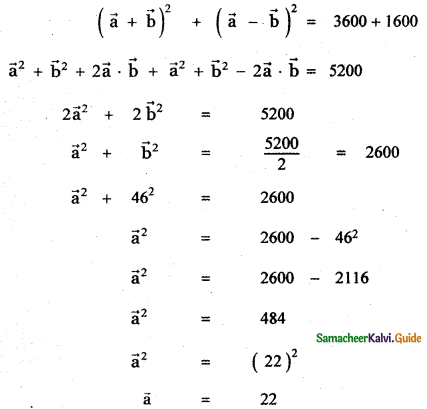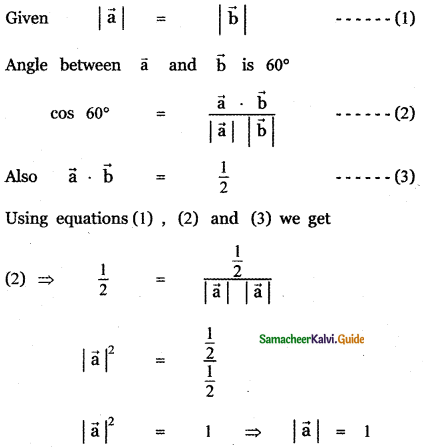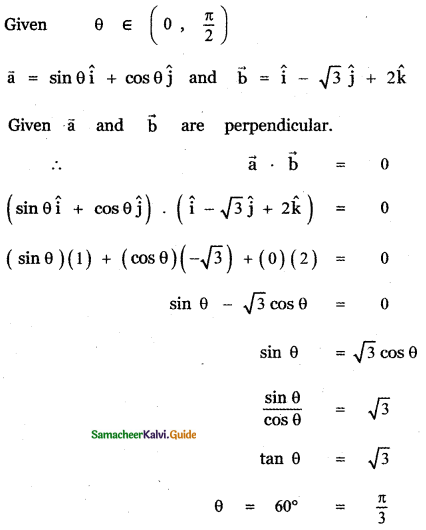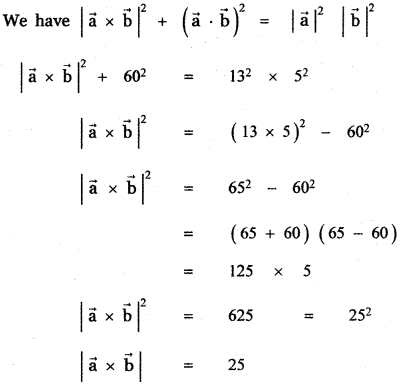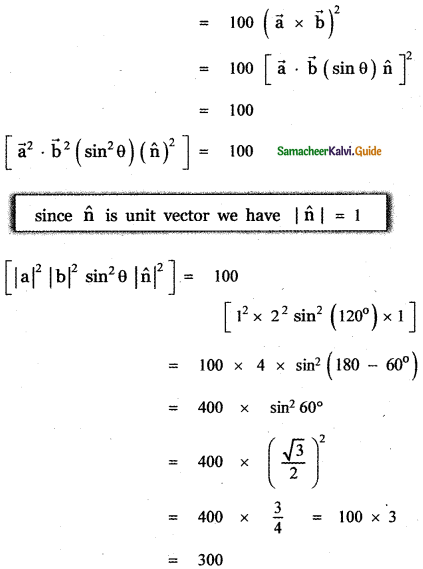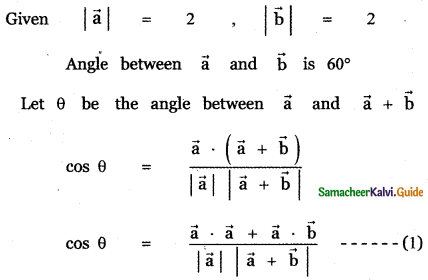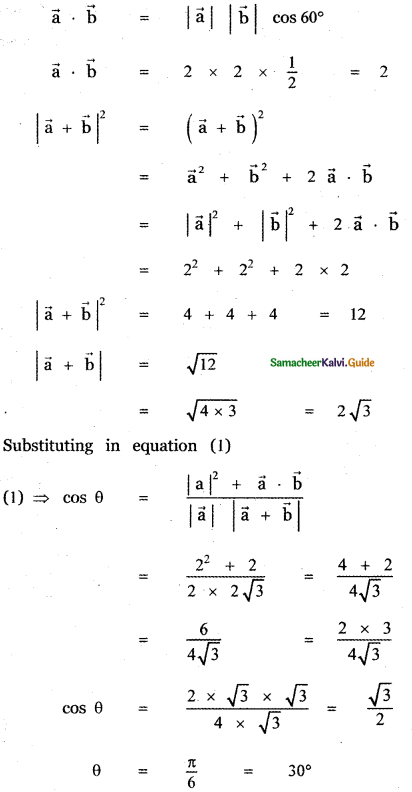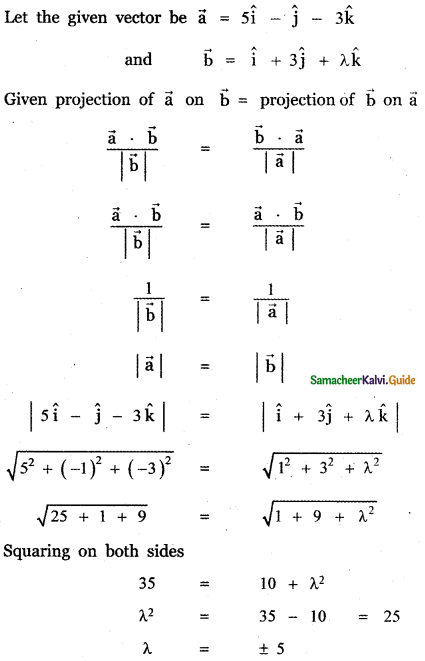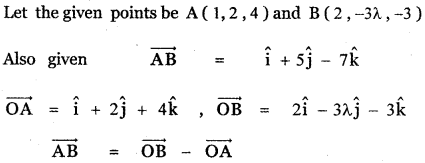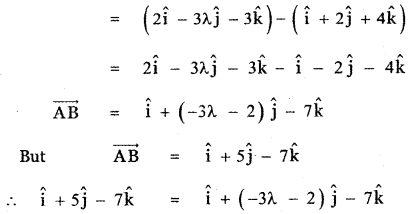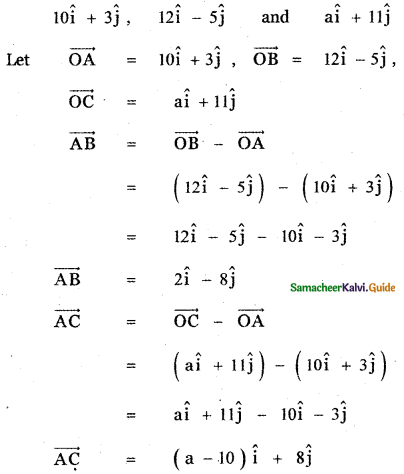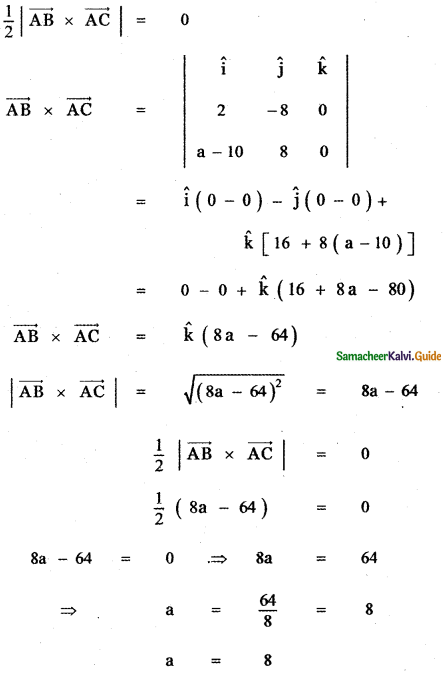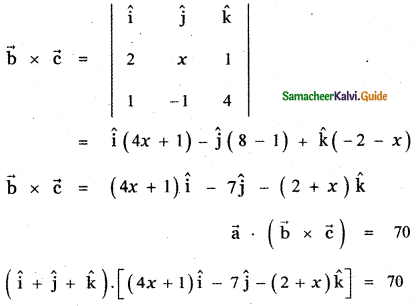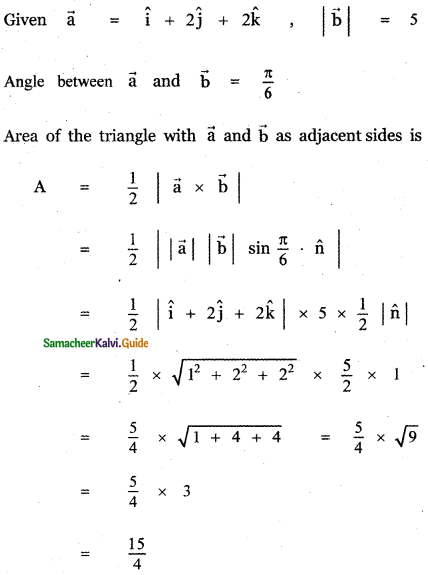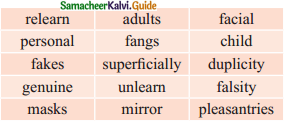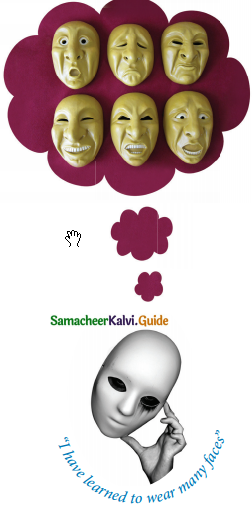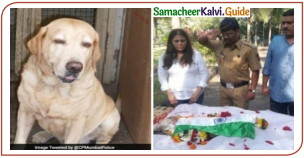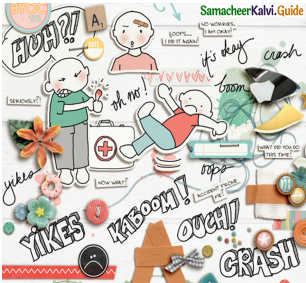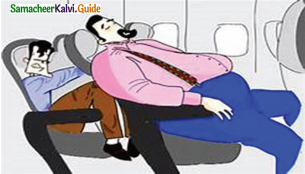Tamilnadu State Board New Syllabus Samacheer Kalvi 11th English Guide Pdf Poem 4 Macavity – The Mystery Cat Text Book Back Questions and Answers, Summary, Notes.
Tamilnadu Samacheer Kalvi 11th English Solutions Poem 4 Macavity – The Mystery Cat
11th English Guide Macavity – The Mystery Cat Text Book Back Questions and Answers
A. Based on your understanding of the poem, answer the following questions in a sentence or two:
Question i.
What is Macavity’s nickname?
Answer:
Macavity’s nickname is “ Hidden Paw”.
Question ii.
Why is the flying squad frustrated?
Answer:
Macavity is too clever to leave any evidence of his guilt. He is a puzzle for the flying squad who is specialized in investigating the crime. So the flying squad is frustrated.
Question iii.
Which law does Macavity break?
Answer:
Macavity breaks human law and also the law of gravity.
![]()
Question iv.
What makes the fakir stare in wonder?
Answer:
Macavity’s levitation is so powerful that it causes a fakir to stare bewildered.
Question v.
Describe Macavity’s appearance.
Answer:
Macavity is veiy tall and slim. His eyes are sunken. His brow is deeply lined. His head is highly domed. His coat is dusty and whiskers unkempt.
Question vi.
Where can you encounter Macavity?
Answer:
We can encounter Macavity in a by-street or in the square.
Question vii.
Why does the poet say Macavity is ‘outwardly’ respectable?
Answer:
The poet says that Macavity is respectable ‘outwardly’ because all his stealthy, criminal activities betray his vile nature.
Question viii.
Who does the secret service suspect when a loss is reported?
Answer:
The secret service suspects Macavity when a loss is reported.
Question ix.
What is Macavity expected to be doing after committing a crime?
Answer:
Mungojerrie and Griddlebone are examples of wicked cats.
![]()
Question x.
Mention any two qualities of Macavity.
Answer:
Macavity possesses supernatural powers which allow him to levitate up in the air. He is so confident in his manner that whenever the crime is discovered, he disappears without leaving a single trace.
Question xi.
Which two characters does the poet refer to as examples of wicked cats?
Answer:
Macavity is too clever to be caught and he is nowhere near at the crime spot. He is an enigmatic figure to even the specialized detective agencies.
Question xii.
Why is Macavity called the napoleon of crime’?
Answer:
Napoleon of crime means the commanding leader of criminals. Here the Macavity is the commanding leader for other wicked cats (Mungojerrie and Griddle bone). So Macavity is called the ‘Napoleon of crime’.
![]()
B) Read the poem and complete the summary using the words given in the box:
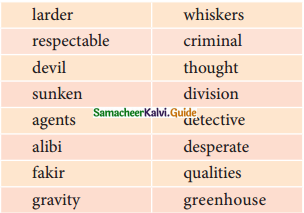
‘Macavity — The Mystery Cat’ is a humorous poem, where the poet T.S. Eliot describes the mysterious (a) _______ of a shrewd vile cat. He commits a crime at every possible opportunity. He is an elusive master (b) _______ who leaves no evidence after he commits a crime. Even the Scotland Yard, the London (c) _______ agency is unable to arrest him. The Flying Squad is (d) ________ because every time they rush to the crime spot to seize Macavity, he is not there. He breaks the human law as well as the law of (e) _______. He baffles even a (f) ________ with his powers of levitation. Macavity appears tall and thin with (g) _______ eyes. He is always preoccupied with some serious (h) _______. His coat is dusty and his (j) _______are unkempt. Macavity is a (j) ________ in the guise of a cat. He appears to be outwardly (k) _________ but his actions disprove it. Macavity loots the (l) _______, ransacks the jewel-case, and breaks the (m) _______ glass but the wonder of wonders he is not to be found anywhere there. He is always a mile away from the scene of the crime, happily relaxing or doing difficult (n) ____________ sums. He is clever at making up an (o) _______ every time he plots a crime. All the notorious cats are nothing but the (p) ________ of Macavity, the Napoleon of Crime.
![]()
Answers:
(a) Qualities
(b) Criminal
(c) Detective
(d) Desperate
(e) Gravity
(f) Fakir
(g) Sunken
(h) Thought
(i) Whiskers
(j) Devil
(k) Respectable
(l) Larder
(m) Greenhouse
(n) Division
(o) Alibi
(p) Agents
Paragraph:
1. What are the mysterious ways in which Macavity acts?
2. Describe the appearances and qualities of Macavity?
| Poem | Macavity The mystery cat |
| Poet | T.S.Eliot |
| Theme | The cat-master of crimes |
![]()
In T.S Eliot’s poem, ‘Macavity: The mystery cat, he describes the mysterious qualities of a cat of villainous characters.
‘Macavity’s a ginger cat, he’s very tall and thin:
Macavity is a tall and thin cat who is always up to some crime. He is too clever to leave any evidence of his guilt.
“He’s the bafflement of Scotland Yard, the flying squad’s despair”:
He is an enigma to every detective agency in the world including. Scotland Yard and flying squad who are specialized investigating crime.
“It must have been Macavity! But he’s a mile away”:
There is never enough proof to arrest and he’s a mile away from all crime spots.
“He’s broken every human law; he breaks the law of gravity”:
Not only does he breaks the human law but also breaks the law of gravity.
“His brow is deeply lined with thought, his head is highly domed”
His coat is dusty from neglect, his whiskers are uncombed.
He always moves his head from side to side, with movements like a snake.
His brows are deeply lining as a result of continuous planning of the crime. Macavity has sunken eyes and “his head is highly domed”. He never combs his whiskers His movements resemble that of a snake. He spends his time plotting for the criminal acts and how to carry them out. The poet accuses, Macavity of his behaviour, such as stealing milk but also holds him responsible for major crimes.
‘For he’s a fiend in feline shape, a monster of depravity’:
The cat is a devil in disguise and he is a monster of wickedness. He has been suspected of stifling Pekes, Vandalism, theft, cheating of cards, and spying. He has also controlled an organized crime with Mungojerrie, Griddle Bone among the members. So the poet says that all the notorious cats are nothing but the agents of Macavity, the Napoleon of crime.
“Are nothing more than agents for the cats who all the time Just controls their operator’s the Napoleon of Crime”?
![]()
Read the given lines and answer the questions that follow:
i) Macavity’s a Mystery Cat: he’s called the Hidden Paw.
Question a.
Does the poet talk about a real cat?
Answer:
No, the poet talks about an imaginary character.
Question b.
Why is he called the Hidden Paw?
Answer:
He is called the Hidden Paw as he is the criminal mastermind who disregards the law.
ii) He’s the bafflement of Scotland Yard, the Flying Squad’s despair:
For when they reach the scene of crime Macavity s not there!
Question a.
What is ‘Scotland yard’?
Answer:
Scotland Yard is the world-famous headquarters of the London metropolitan police service known for quick investigation of crime and nabbing the criminal in record time.
Question b.
Why does the flying squad feel disappointed?
Answer:
Macavity is too clever to be caught and he is nowhere near at the crime spot. So the flying squad feels disappointed.
iii) He sways his head from side to side, with movements like a snake; And when you think he’s half asleep, he’s always wide awake…
Question a.
Explain the comparison made here.
Answer:
Macavity moves his head from side to side and his body movement is compared to a snake.
Question b.
What does he pretend to do?
Answer:
He pretends to be asleep.
iv) For he’s a fiend in feline shape.
A monster of depravity.
Question a.
How is the cat described in this line?
Answer:
The cat is a devil in disguise of a cat.
Question b.
Explain the phrase ‘monster depravity’
Answer:
‘Monster of depravity’ means he is a monster of wickedness.
v) And his footprints are not found in any file of Scotland yard’s
Question a.
What seems to be a challenge for the Scotland yard?
Answer:
Macavity s footprints are never to be found in any file of the Scotland yard’s.
Question b.
Why do they need his footprints?
Answer:
They need his footprints to catch him.
vi) ‘It must have been Macavity! But he’s a mile away.
Question a.
What is Macavity blamed for?
Answer:
Macavity is blamed for breaking the greenhouse glass and for theft. Also when the milk goes missing.
Question b.
Where is he?
Answer:
He is a mile away from the scene of the crime.
vii) There never was a cat of such deceitfulness and suavity.
Question a.
Which cat is being talked of here?
Answer:
Macavity is being talked.
Question b.
How is he different from the rest?
Answer:
He is different from the rest by his dishonesty, cunningness but be pretends to be innocent.
![]()
E. Explain the following lines with reference to the context:
I. His powers of Levitation would make a fakir stare’
Reference:
This line is taken from the Poem “Macavity-The Mystery Cat”, Poet – “T.S Eliot”.
Context:
Here the poet talks about the power of Macavity.
Explanation:
The poet says that his levitation is so powerful that it causes a fakir to stare bewildered.
II. ‘And when you think he’s half asleep, he’s always wide awake.
Reference:
This line is taken from the Poem “Macavity-The Mystery Cat”, Poet – “T.S Eliot”.
Context:
Here the poet talks about the pretending sleep of Macavity.
Explanation:
Macavity is a clever fellow. When you think he is sleeping, he is wide awake in fact.
III. And his footprints are not found in any file of Scotland yard’s
Reference:
This line is taken from the Poem “Macavity-The Mystery Cat”, Poet – “T.S Eliot”.
Context:
Here the poet talks about the great escapism of Macavity.
Explanation:
Macavity footprints are never to be found in any file of the Scotland yards. When they try to find him he is a mile away from the scene of the crime.
![]()
IV. There may be a scrap of paper in the hall or on the stair
But it’s useless to investigate
Reference:
This line is taken from the Poem “Macavity-The Mystery Cat”, Poet – “T.S Eliot”.
Context:
The poet talks about the mastermind of the cat.
Explanation:
When the foreign office’s Treaty is not found or the Admiralty Treaty is not found or the Admiralty loses some plans and drawing. It is useless to investigate as they all know that the mastermind behind this act is undoubtedly Macavity’s.
V. He always has an alibi, and one or two to spare.
Reference:
This line is taken from the Poem “Macavity – The Mystery Cat”, Poet – “T.S Eliot”.
Context:
Here the poet talks about making up an alibi.
Explanation:
The poet says that there has never been a cat of such deceitfulness and tactfulness. Macavity is always ready with an alibi or two and when the crime is discovered, Macavity is not there.
![]()
F. Eliot has many figures of speech to present the poem to the readers in an interesting way. He has attributed the human qualities of a cat in this poem:
Question i.
Identify the literary devices used in the following lines: (Figure of Speech)
Answer:
- He sways his head from side to side, with movements like a snake – simile
- They say he cheats at cards. – metaphor/Personification
- Macavity, Macavity there’s no one like Macavity -Repetition
Question ii.
Give four instances where the poet has used alliteration in the poem.
Answer:
Alliteration in the poem
- “His brow is deeply lined with thought, his head is highly domed.”
Deeply – domed. - “For he’s fiend in feline shape, a monster of depravity.”
fiend – feline. - “Or when the milk is missing, or another Peke’s been stippled.”
Milk – missing. - “And his footprints are not found in any file of Scotland yard’s.”
Foot prints – found — file
Question iii.
What is the rhyme scheme used in the poem?
Answer:
aa, bb
![]()
Question iv.
Pick out all the pairs of rhyming words used in the poem.
Answer:
Rhyming words:
- Paw – law
- Despair – there
- Macavity – gravity
- Stare – there
- Air – there
- Thin – in
- domed – uncombed
- Snake – awake
- Macavity – depravity
- Square – there
- Cards – yard’s
- Rifled – stifled
- Repair – there
- Astray – way
- Repair – there
- Stair – there
- Say – away
- Thumbs – sums
- Macavity – suavity
- Spare – there
- Known – griddlebone
- Time – crime.
![]()
H. Speaking activity:
b) Meaning of the proverb:
What is proverb Expansion?
A proverb is a statement, accepted by all people of a particular community over the generations. ‘Expansion’ means developing and enlarging the idea or a thing. ‘Proverb Expansions’ means enlarging the idea confined in a proverb into a paragraph.
Hints:
- Be thorough with the exact meaning of the proverb.
- Then proceed to expand the proverb with examples and the relevant details.
- Arrange your ideas in order, that is relevant.
- Avoid everything that is irrelevant.
- Explain the meaning of the proverb in plain language.
- Avoid ‘Cliche’ and stereotyped uninteresting phrases.
- Make paragraphs of equal length and size.
Example:
When the mouse laughs at the cat, there is a hole nearby. Explain the meaning of this statement to your friends.
Meaning:
The meaning of this proverb is that we act tougher when we know we have a backup. When our backgrounds is strong we seem to be bolder in action.
![]()
Additional Exercises:
Explain the meaning of the following proverbs:
1) ‘Slow and steady wins the race’
Consistency and steadiness can achieve massive success even if slow. A person with average talent can achieve success through continuous efforts. One can overcome difficulties through constant effort in the right direction.
2) Don’t judge a book by its cover
Things are not always what they seem. This proverb teaches you not to make judgments about other people because of how they look or dress. A book with a boring or plain over could be amazing. The same is true with people. A person might look like an athlete or fool, but there is probably a lot more to them than clothes suggest.
3) Strike while the iron is hot
This old expression comes from the days of blacksmiths. To shape the metal, the blacksmith would have to beat it with a hammer. Iron is easier to work with when it’s hot. This proverb means you should take advantage of the moment. If an opportunity presents itself to you, take it! Take action because the change may not come again.
4) Too many cooks spoil the broth
“Too many cooks in the kitchen.” This is a well-known experience – a lot of people all trying to work in a kitchen around a small table or stovetop will make a mess and ruin the food. This proverb talks about the trouble of too many people trying to do the same thing at once.
5) Honesty is the best policy
Lying a lot can be difficult because you might forget your lies, Soon enough, someone will find out you are lying. Even if no one ever finds out, you will feel guilty for not telling the truth. If you are honest and tell the truth, people will believe you and respect you. You will earn their trust and sleep well at night.
![]()
C. Compose a poem:
c) Compose your own limericks on an elephant, a peacock, and a butterfly. Read it out to your class.
Elephant
I love Elephant
Its eyes are tiny
But they are shiny
Its trunk is long
But it is very strong
It moves slowly
But it is brain ‘A peacock’
Joy is a peacock-it’s beauty so rare;
A rainbow of colors that vibrantly flare.
After the train, brightly they come out.
Into a far-like form, uniquely it creates.
Never forget, this vision, joyfully it illuminates.
A butterfly
I saw a butterfly
It wings so high
This colourful fly
A treat to my eye.
![]()
கவிஞரைப் பற்றி:
தாமஸ் ஸ்டேனஸ் எலியட் (1888-1965) மிகச்சிறந்த கட்டுரையாளர். இவர் இருபதாம் நூற்றாண்டின் மிகச்சிறந்த விமர்சகர், நாடக ஆசிரியர், கவிஞர் ஆவார். இவர் அமேரிக்காவில் உள்ள ஹார்வர்ட் பல்கலைக்கழகத்தின் மாணவர் சமஸ்கிருதம் கற்றதன் மூலம் இந்திய தத்துவயியலையும் கற்றார்.
” The Wasteland”, ” Love Song of I Alfred Prufrock”, “Ash Wednesday”, Four Qartets, “Journey of the magi”, “After strange gods”, Namingofcats ஆகியவை இவரின் சிறந்த படைப்புகள். இவருக்கு 1948ம் ஆண்டு இலக்கியத்திற்கான நோபல் பரிசு வழங்கப்பட்டது.
கவிதையைப் பற்றி:
கவிஞர் இந்த கவிதையில் ஒரு வீட்டில் இருந்த சுட்டித்தனமான பூனையின் செயல்பாடுகளை விவரிப்பதாக எழுதியுள்ளார். அப்பூனையின் பெயர் மெக்காவிட்டி. பூனைகள் நாம் காணமுடியாததை காணக்கூடிய, நாம் செய்ய அச்சப்படுகிற இருடத்திற்கும் செல்லக் கூடிய மர்மமான ஆற்றல் கொண்டவை.
அதைப்போல இக்கவிதையில் பேசப்படும் பூனையும் யாருடைய கையிலும் சிக்காமல் பல சேட்டைகளை செய்து வருவதாகவும், திருட்டுத்தனங்கள் செய்வதாகவும், ஆனால் திருட்டு நடந்த இடத்திற்கு காவல்துறை பிடிக்க சென்றால் அந்த இடத்தில் அந்த பூனை இருக்காது. இக்கவிதையில் மெக்காவிட்டி பூனையின் மர்மமான குண நலன்களைப் பற்றி தெளிவாகவும், நகைச்சுவையாகவும் கூறுகிறார்.
![]()
Macavity – The Mystery Cat Summary in Tamil
மெக்கவிட்டி மர்மமான பூனை;
அவன் மறைவான பாதம் என்று அழைக்கப்படுவான்.
ஏனெனில் அவன் சட்டத்தை மதிக்காத முதன்மை குற்றவாளி
Scotland yard – ன் குழப்பமாகவும்;
Flying squad-ன் பிடிபடாத குற்றவாளி,
அவர்கள் குற்றம் நடந்த இடத்திற்கு செல்லும் போது
அங்கு மெக்கவிட்டி இருப்பது இல்லை.
Macavity அவன் போல் யாரும் இல்லை .
மனித சட்டத்தையும், புவி ஈர்ப்பு விசையையும் உடைத்தெரிந்தான்
அவன் தாவுதல் ஆற்றல் வாய்ந்ததாக இருக்கும்.
நீங்கள் குற்றம் நடந்த இடத்திற்கு செல்லும் போது,
Macavity அங்கு இருப்பது இல்லை.
நீங்கள் அடித்தளத்தில் அவனைத் தேடலாம்;
நீங்கள் காற்றிலும் அவனை தேடலாம்.
![]()
ஆனால் நான் மறுபடியும் மறுபடியும் சொல்கிறேன்
Macavity ஒரு எச்சரிக்கையான (ginger) பூனை
அவன் மெலிந்தும் மற்றும் உயரமாகவும் இருப்பான்.
நீங்கள் அவனை பார்த்தவுடன் அவனை அறிவீர்கள்;
அவனது கண்கள் மூழ்கி இருக்கும்.
அவனது புருவங்கள் ஆழ்ந்த சிந்தனை கொண்டவை;
அது மிகவும் ஆதிக்கம் செலுத்தும்.
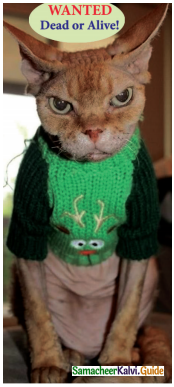
அவனது உடல் முழுவதும் தூசி படிந்திருக்கும்
அவனது மீசைகள் சீராக இருக்காது.
அவனது தலையை பாம்பைப் போல் அங்கும் இங்கும் ஆட்டுவான்.
நீங்கள் அவன் கொஞ்சம் தூங்கி இருப்பான் என்று நினைப்பீர்கள்,
ஆனால் நன்று விழித்திருப்பான்.
Macavity யாரும் அவன் போல் இல்லை
பூனை (feline) வடிவம் கொண்ட எதிரி (fiend),
தீய பண்புகள் (depravity) கொண்ட அரக்கர்.
![]()
அவனை நீங்கள் தெருவில் சந்திக்கலாம்,
அவனை square கூட பார்க்கலாம்.
ஆனால் ஒரு குற்றம் கண்டறிந்தால்,
Macavity அங்கு இருப்பதில்லை!
அவனது வெளிப்படுத்தல் மதிக்கக்கூடியதாக இருக்கும்
(அவர்கள் அவன் விலை ஏமாற்றுவதை கூறுவார்கள்)
அவனது காலடி தடங்கள் Scotlands எங்கும் காணப்படுவது இல்லை.
முழு அலமாரியும் (Larder’s) சூறையாடப்படும் போது,
நகைகள் எல்லாம் கொள்ளையிடப்படும் போதும்
பால் எல்லாம் காணாமல் போக, ஒரு பெக்கினி நாயை (Peke’s) அடக்கப்படும் போது
அல்லது கிரீன்ஹவுஸ் கண்ணாடிகள் உடையும் போது,
மரப்பட்டையின் பழைய பழுது
இதில் திகைக்கக்கூடிய விஷயம் என்ன என்றால்!
Macavity அங்கு இருப்பதில்லை!
வழிகாட்டிய ஒப்பந்தத்தை வெளிநாட்டு அலுவலகம் கண்டறியும் போது
அல்லது அரசு பணிகளின் திட்டங்கள் மற்றும் படங்கள் காணாமல் போகும் போது,
சில துண்டு காகிதங்கள் ஹால் மற்றும் படிகட்டுகளில் இருக்கும்
ஆனால் அவை விசாரிக்க ஏதுவாக இல்லை!
Macavity அங்கு இல்லை!
இழப்பு வெளிப்படுத்தபட்டதால்;
ரகசிய சேவை கூறியது. இது Macavity தான்!” ஆனால் பல மைல்கள் தள்ளி இருப்பான்.
![]()
கண்டிப்பாக அவன் ஓய்வெடுக்கும் போது
அவன் கட்டைவிரலை நக்குவான்
அவன் தீவிரமாக பல கடினமான பெரிய செயல்களைச் செய்வான்.
Macavity, Macavity அவன் போல் யாரும் இல்லை
நம்பிக்கையும் (suavity) தந்திரமும் (deceitfulness) கொண்ட பூனையை பார்த்ததில்லை.
அவன் எப்போதும் வேற்றிட வாதம் கொண்டவன்,
ஒன்று அல்லது இரண்டு இடங்கள் தவிர
எந்த நேரத்தில் சில செயல்கள் ஏற்பட்டால்,
Macavity அங்கு இருப்பதில்லை!
அனைத்து பூனைகளின் சிறந்த செயல்கள்
அறிதாய் இருக்கும் என அவர்கள் கூறுவார்கள்.
(Mungojerrie பற்றி கூறுகிறேன், Griddlebone பற்றி கூறுகிறேன்)
அனைத்து நேரமும் முகவர்கள் போல் சிறந்தவர்கள் இல்லை
இதைப் போன்று இயக்கத்தை தடுக்க; நெப்போலியனின் குற்றங்கள்.
ஆகையால் Macavity யை Napoleon of crime என்று கூறினர்.

